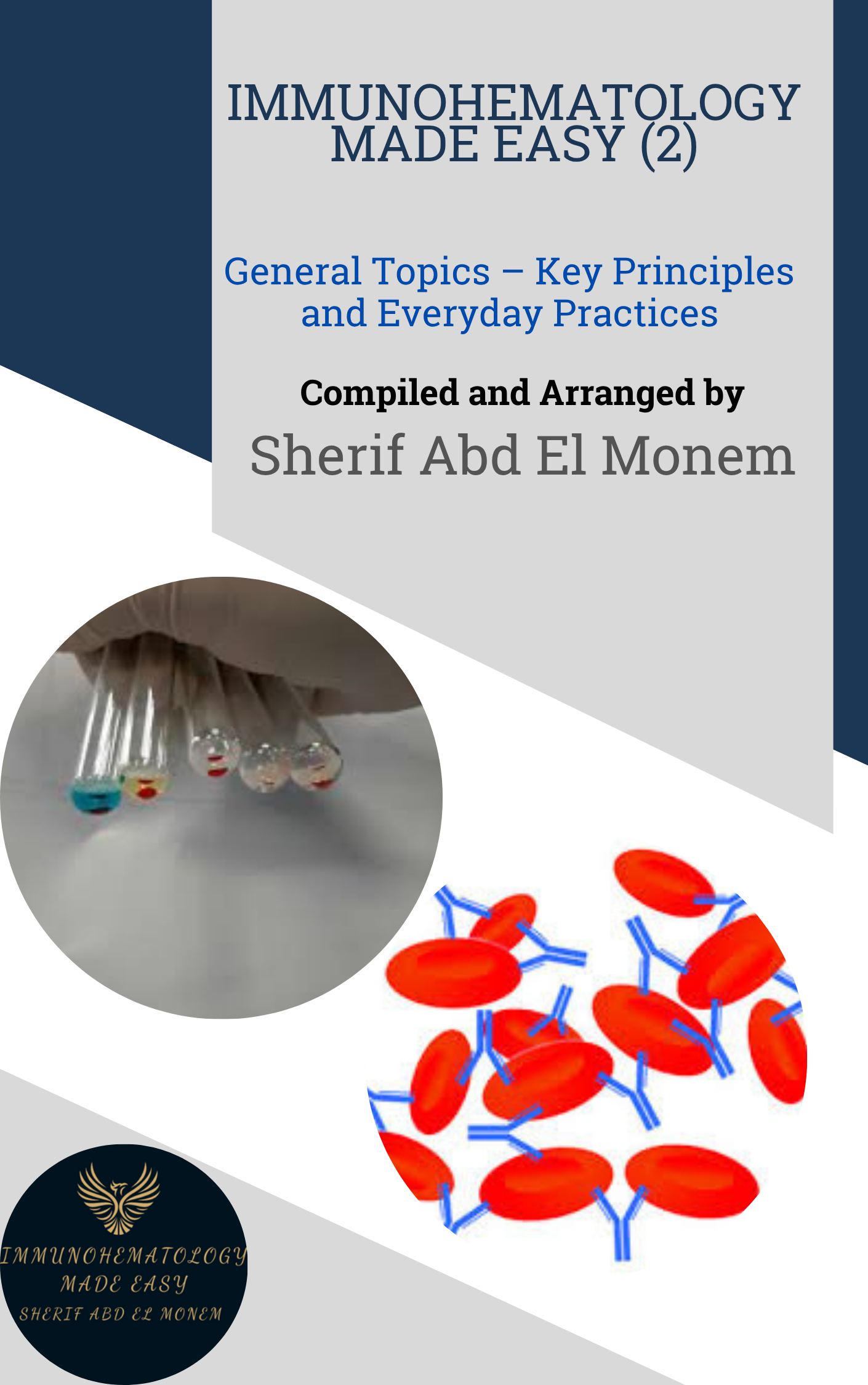Guidelines for transfusion and immunohaematology laboratory practice
The Australian and New Zealand Society of Blood Transfusion (ANZSBT) Council is delighted to present the revised edition of the Guidelines for Transfusion and Immunohaematology Laboratory Practice. These guidelines are tailored to pathology laboratories responsible for transfusion services and obstetric immunohaematology testing, serving as a supplementary resource to existing standards and offering detailed guidance for routine practice and accreditation compliance.
The diligent efforts of the ANZSBT’s Transfusion Science Standing Committee (TSSC) in revising these guidelines have been commendable. While we acknowledge the sadness following the loss of Tony Greenfield in December 2019, his contributions to the committee remain invaluable.
Constructive feedback received since the first edition’s publication has been taken into account during the revision process. We have implemented essential changes and clarifications throughout the document to ensure it reflects the current best practices and safety measures in the pretransfusion, prenatal, and postnatal settings.

Immunohematology Made Easy (2)
General Topics – Key Principles and Everyday Practices
📘 Available now in PDF & EPUB formats
🔗 Visit Store
Past editions of these guidelines have been widely embraced, and we are confident that this updated version will continue to provide immense value to laboratories in Australasia. Our aim is to offer clear direction and support to pathology laboratories engaged in transfusion services and immunohaematology testing, especially in the prenatal and postnatal contexts.
Patient safety is of utmost importance, and adherence to standards, guidelines, and documented policies and procedures is imperative. A well-documented quality management system is essential for the laboratory, encompassing organizational structure, policies, procedures, processes, and resources, all aligned with safe and appropriate laboratory and clinical practices.
In prenatal and postnatal settings, safe and appropriate practice necessitates various critical aspects, including accurate documentation and patient identification systems, determination of ABO and RhD group, antibody screening for clinically significant red cell antibodies, diagnosis and management of haemolytic disease of the fetus and newborn, stringent information technology requirements, contingency plans for system failures, suitable quality control programs, provision of safe blood and blood products, proper storage and handling, investigation of adverse effects of transfusion, and the retention of required records and documentation.
These guidelines consider the broader transfusion and healthcare landscape, incorporating the requirements of national accreditation authorities, national blood services, and other regulatory bodies. It is essential for laboratories to stay informed about complementary standards, requirements, or guidelines from organizations such as the National Pathology Accreditation Advisory Council, Australia’s National Blood Authority, the Australian Commission on Safety and Quality in Health Care, the National Association of Testing Authorities, Standards Australia, and the Australian and New Zealand Society of Blood Transfusion.
By adhering to these comprehensive guidelines and the relevant complementary standards, laboratories can ensure the highest standards of patient care, safety, and quality in transfusion and immunohaematology practices.

Immunohematology Made Easy (2)
General Topics – Key Principles and Everyday Practices
📘 Available now in PDF & EPUB formats
🔗 Visit Store

📘 New to Blood Bank?
Start your 5-day journey with Immunohematology Made Easy — a simple, beginner-friendly guide with real-life examples!
👉 Get Your Copy Now